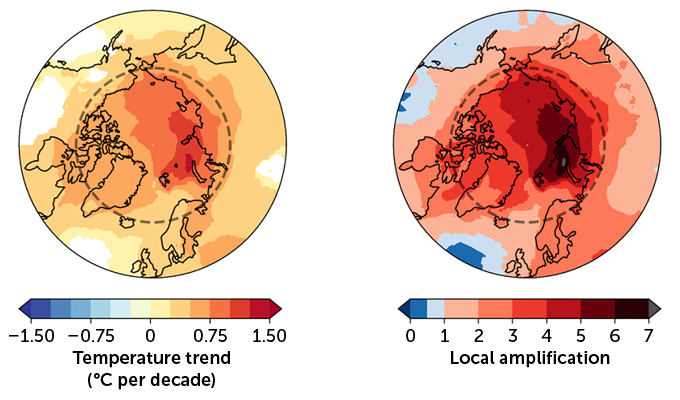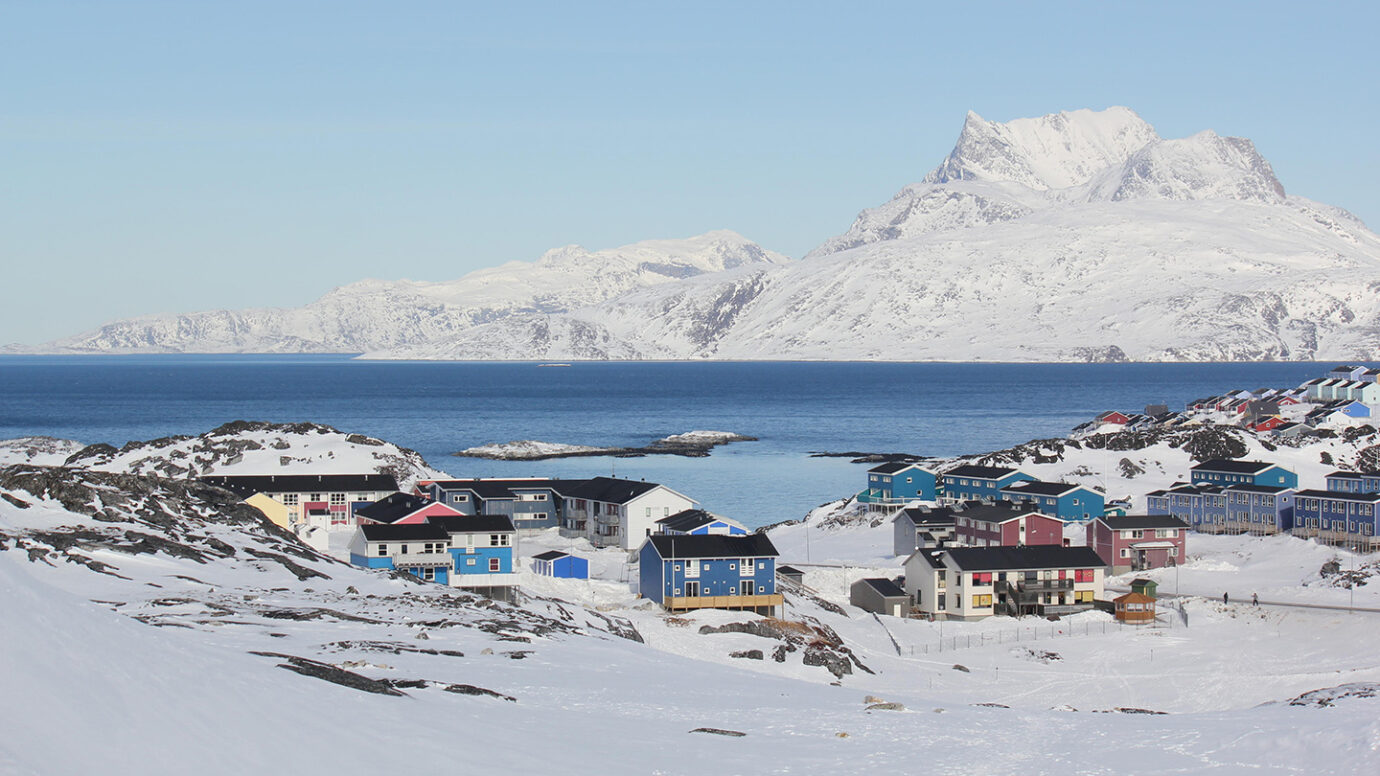The region is warming nearly four times as fast as the rest of Earth
The Arctic is heating up at a breakneck speed compared with the rest of Earth. And new analyses show that the region is warming even faster than scientists thought. Over the last four decades, the average Arctic temperature increased nearly four times as fast as the global average, researchers report August 11 in Communications Earth & Environment.
And that’s just on average. Some parts of the Arctic Ocean, such as the Barents Sea between Russia and Norway’s Svalbard archipelago, are warming as much as seven times as fast, meteorologist Mika Rantanen of the Finnish Meteorological Institute in Helsinki and colleagues found. Previous studies have tended to say that the Arctic’s average temperature is increasing two to three times as fast as elsewhere, as humans continue causing the climate to change.
To calculate the true pace of the accelerated warming, a phenomenon called Arctic amplification, the researchers averaged four sets of satellite data from 1979 to 2021 (SN: 7/1/20). Globally, the average temperature increase over that time was about 0.2 degrees Celsius per decade. But the Arctic was warming by about 0.75 degrees C per decade.
Heating up
Over the last four decades, the global average temperature increased by about 0.2 degrees Celsius per decade, but in the Arctic, the mean increase per decade was about 0.75 degrees Celsius (left). Comparing the two trends, Arctic temperatures increased on average four times as fast as the global average, with some areas increasing as much as seven times as fast (right). The gray dotted line indicates the border of the Arctic Circle.

M. Rantanen/Finnish Meteorological Institute
Even the best climate models are not doing a great job of reproducing that warming, Rantanen and colleagues say. The inability of the models to realistically simulate past Arctic amplification calls into question how well the models can project future changes there.
It’s not clear where the problem lies. One issue may be that the models are struggling with correctly simulating the sensitivity of Arctic temperatures to the loss of sea ice. Vanishing snow and ice, particularly sea ice, are one big reason why Arctic warming is on hyperspeed. The bright white snow and ice create a reflective shield that bounces incoming radiation from the sun back into space. But open ocean waters or bare rocks absorb that heat, raising the temperature.
- Karlston
-

 1
1



Recommended Comments
There are no comments to display.
Join the conversation
You can post now and register later. If you have an account, sign in now to post with your account.
Note: Your post will require moderator approval before it will be visible.